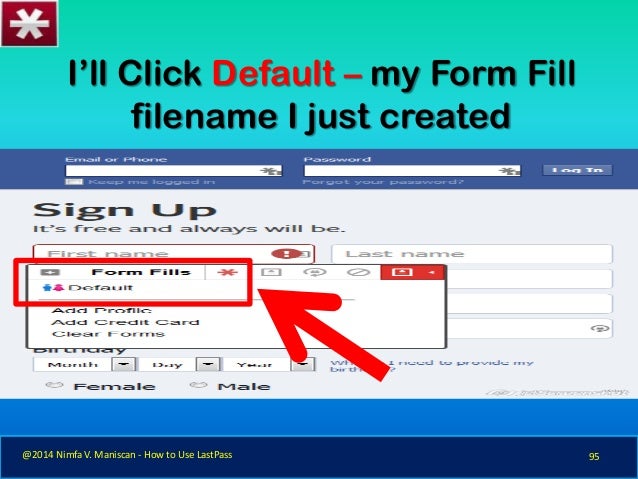

This is in large part because consumers found it inconvenient to use, and they assumed a single form of authentication – passwords – would be enough to keep their accounts safe.

Although 2FA’s origins are disputed (AT&T claims to have invented it in the 1990s), 2FA didn’t begin to catch on in the mid-2000s. MFA and its predecessor two-factor authentication (2FA) have been with us in various forms for over twenty years. The 1990s-2000s: from niche 2FA tools to user-friendly 2FA solutions Here’s a look at the evolution of multi-factor authentication and how MFA is advancing even further to protect businesses from emerging cyber threats. MFA may seem relatively new, but it has actually been around for quite a while. The process usually goes like this: you enter your password, the site or app asks you to provide a second form of authentication (such as a code that is texted to your phone or generated on your phone using an authenticator app), you provide that second form of authentication, and the site or app gives you access to your account. By this point, you’ve probably used multi-factor authentication (MFA) to secure one or more of your online accounts at work.


 0 kommentar(er)
0 kommentar(er)
